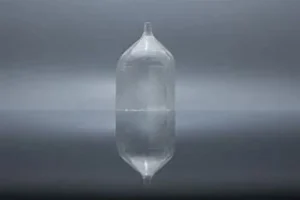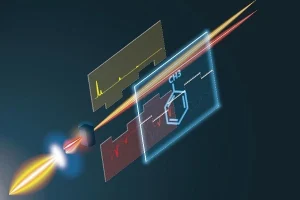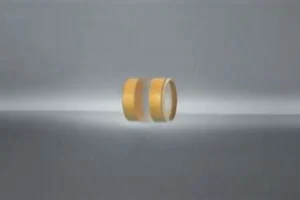In the realm of photonics and laser technology, high-power lasers have emerged as a cornerstone, driving innovation and expanding possibilities across various industries. Among these, pulsed and continuous lasers are two predominant types, each with its unique set of advantages, limitations, and applications. In this comprehensive guide, we will delve deep into the world of high-power pulsed and continuous lasers, comparing their strengths, highlighting their differences, and emphasizing their significance in diverse applications.
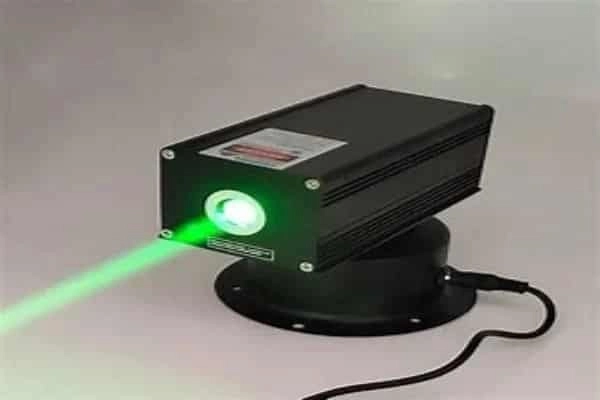
Understanding the Fundamentals
What are High-power Pulsed Lasers?
High-power pulsed lasers, as the name suggests, are a category of lasers that emit light in intense, short bursts or pulses. Unlike their continuous-wave counterparts, these lasers don’t produce a steady stream of light. Instead, they release energy in discrete intervals, which can be as short as femtoseconds (10^(-15) seconds) or as long as milliseconds. This unique characteristic allows them to deliver a significant amount of energy in a very short time, making them ideal for applications that require high peak power.
The technology behind pulsed lasers revolves around a process called Q-switching, which temporarily prevents the laser from emitting light, allowing energy to build up inside. Once released, this stored energy results in a powerful pulse. Pulsed lasers find extensive applications in industries like material processing, medical treatments, and scientific research, where precision and power are paramount.
What are High-power Continuous Lasers?
High-power continuous lasers, on the other hand, operate quite differently. These lasers emit a continuous, unbroken beam of light, ensuring a consistent power output throughout their operation. Unlike pulsed lasers, which release energy in bursts, continuous lasers provide a stable and sustained light emission. This continuous nature makes them particularly suitable for applications that demand a constant light source, such as cutting, welding, and certain medical procedures.
The beam’s consistency ensures that the material or tissue being worked on is exposed to a steady amount of energy, allowing for smooth and uniform results. In the realm of scientific research, continuous lasers are often used in spectroscopy and other experiments that require a stable and reliable light source.
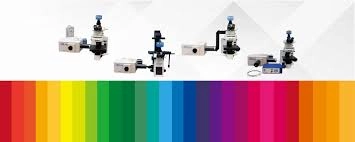
Advantages and Limitations
High-power Pulsed Lasers
Advantages
- Precision: High-power pulsed lasers have revolutionized industries due to their exceptional precision. Their ability to emit light in short, controlled bursts allows for meticulous work, especially in intricate applications like micro-machining, engraving, and medical surgeries where even a slight deviation can have significant consequences.
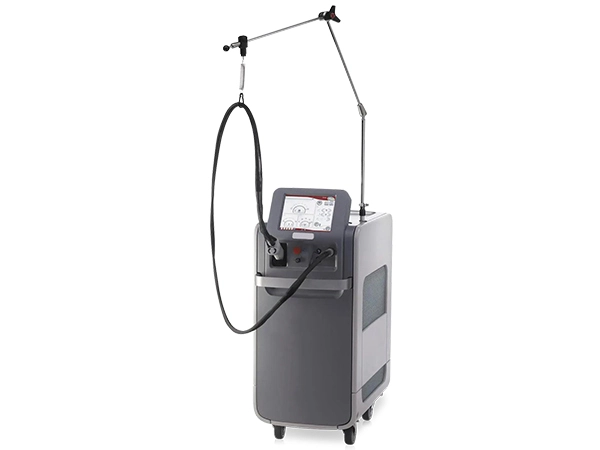
- Minimal Heat Production: One of the standout features of pulsed lasers is their intermittent emission of light. This ensures that there’s minimal heat buildup during operations, which is particularly beneficial in sensitive applications like dermatological procedures where excessive heat can harm surrounding tissues.
Limitations
- Complexity: The underlying technology that powers pulsed lasers is advanced and can be quite intricate. This often necessitates sophisticated control systems and skilled operators to harness their full potential, making them less accessible for some users.
- Cost: The precision and advanced technology that pulsed lasers bring to the table often come at a premium. The initial investment for these lasers, coupled with maintenance and operational costs, can be higher than other laser types.
High-power Continuous Lasers
Advantages
- Stability: Continuous lasers are the go-to choice for applications that demand unwavering stability. Their ability to produce a consistent, unbroken beam of light ensures that there’s a uniform energy distribution, which is crucial in applications like spectroscopy and laser cutting where consistency is key.
- Simplicity: One of the appealing aspects of continuous lasers is their relative simplicity. Without the need for intricate pulsing mechanisms, their setups are often more straightforward, making them more user-friendly and easier to integrate into various systems.
Limitations
- Heat Production: One of the inherent challenges with continuous lasers is the heat they produce. Since they emit a constant beam of light, there’s a continuous generation of heat, which necessitates the integration of efficient cooling systems to prevent overheating and ensure optimal performance.
- Potential for Thermal Damage: The continuous nature of these lasers, while beneficial in many scenarios, can be a double-edged sword. In applications like material processing or medical treatments, if not managed correctly, there’s a potential risk of causing thermal damage to materials or tissues due to prolonged exposure. Proper calibration and operation are essential to mitigate these risks.
Diverse Applications and Their Differences
Material Processing
In the realm of material processing, the choice between pulsed and continuous lasers is dictated by the specific needs of the task at hand. Pulsed lasers are the champions of precision. Their ability to emit light in controlled, short bursts makes them ideal for micro-machining, where they can create intricate patterns and designs on materials without causing undue heat damage.
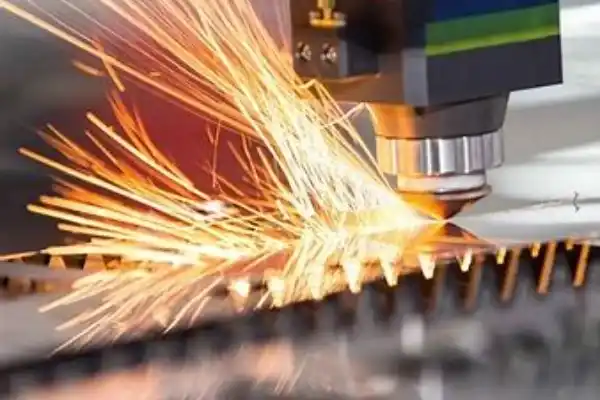
Their precision also makes them the go-to choice for engraving tasks, where even the slightest error can mar the final product. On the flip side, continuous lasers are the workhorses of the laser world. Their steady, unbroken beam of light is perfect for applications like welding and cutting. In these scenarios, a consistent power output is essential to ensure that materials are joined or cut evenly, without any gaps or inconsistencies.
Medical Procedures
The medical field has greatly benefited from advancements in laser technology. Pulsed lasers have become indispensable in surgeries that demand extreme precision. A prime example is eye surgeries, especially refractive surgeries like LASIK, where the laser needs to reshape the cornea with pinpoint accuracy. Any deviation can impact a patient’s vision, making the precision of pulsed lasers invaluable. Continuous lasers, meanwhile, have carved a niche in aesthetic procedures. Skin resurfacing treatments, which aim to rejuvenate the skin by removing its outer layers, rely on the consistent power output of continuous lasers to achieve uniform results without causing burns or scars.
Telecommunications
In our interconnected digital age, the importance of reliable telecommunications cannot be overstated. Continuous lasers are the backbone of optical fiber communications. Their ability to produce a steady beam of light ensures that data is transmitted consistently and without interruption. This stability is crucial in maintaining high-speed data transmission rates, ensuring that information flows seamlessly across the globe.
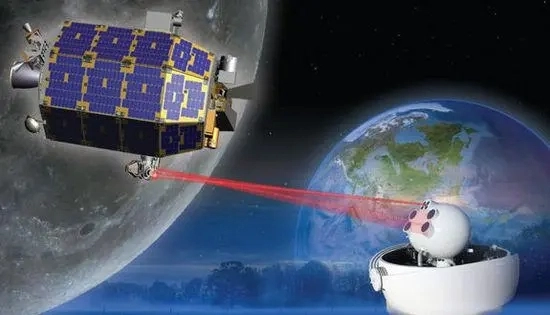
Research and Development
The world of research and development (R&D) is vast and varied, and lasers play a pivotal role in pushing the boundaries of knowledge. Depending on the specific requirements of an experiment or study, both pulsed and continuous lasers can find their place in R&D. Pulsed lasers, with their short bursts of energy, are invaluable in studies that require capturing rapid events, like observing chemical reactions in real-time. Continuous lasers, with their stable output, are preferred in experiments that require consistent illumination or energy input over extended periods. The choice between the two often boils down to the specific nuances and objectives of the research in question.
Conclusion
Navigating the intricate landscape of high-power lasers, it becomes evident that both pulsed and continuous lasers are not just tools but catalysts for progress. Pulsed lasers, with their precision and control, have revolutionized fields that demand intricate work, from micro-machining to delicate surgeries.
Continuous lasers, with their unwavering consistency, have become the backbone of applications that require stability, such as telecommunications and certain material processing tasks. As technology continues to advance, the synergy between these lasers and their respective domains will only deepen. Their combined potential paves the way for a brighter, more innovative future, where challenges are met with laser-focused solutions, propelling industries to new heights and expanding the horizons of what’s possible.
FAQs
- Which is more expensive, pulsed or continuous lasers?
- Pulsed lasers, due to their complexity and precision, often come with a higher price tag compared to continuous lasers.
- Are continuous lasers safer than pulsed lasers?
- Safety depends on the application and usage. Both types have their risks, and proper safety measures should always be in place.
- Can pulsed lasers be used in telecommunications?
- While continuous lasers are more common in telecommunications, pulsed lasers can be used in specific scenarios, especially in advanced research.
- Which laser type produces more heat?
- Continuous lasers typically produce more heat due to their constant emission.
- Are pulsed lasers always better for precision tasks?
- While pulsed lasers are generally preferred for precision tasks, the choice ultimately depends on the specific requirements of the application.


